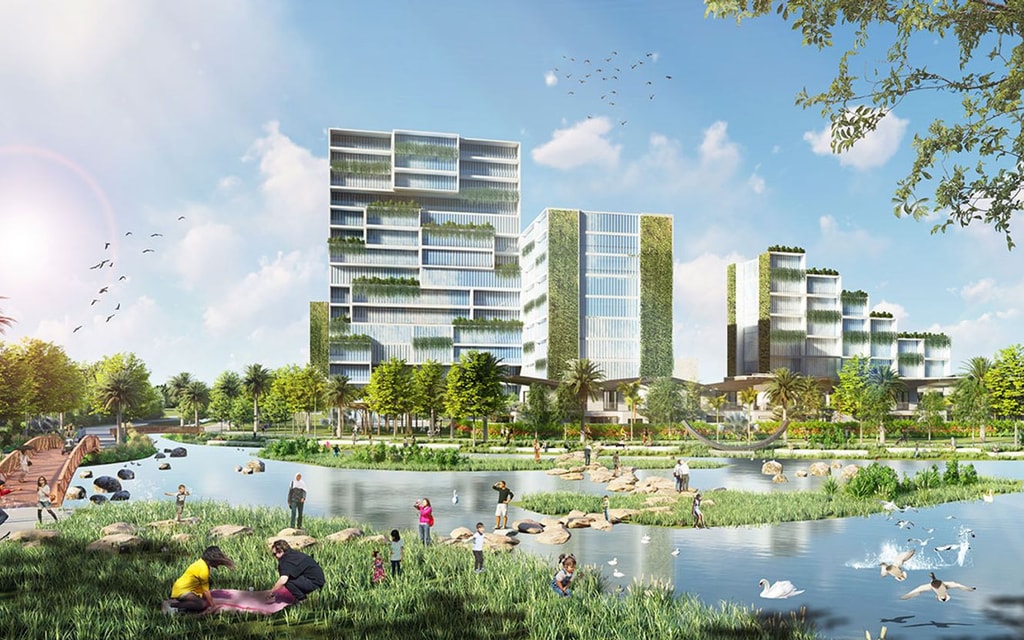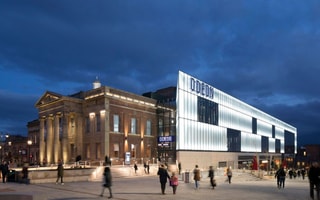Nature-based solutions
Nature belongs in cities. Our nature-based solutions aim to create urban spaces that are both environmentally resilient and rich in biodiversity. By integrating green infrastructure such as parks, gardens, street trees, and green roofs, we create healthier, more sustainable urban environments.
These nature-based interventions improve air quality, support active lifestyles, and provide vital habitats for wildlife, all while helping to mitigate the effects of climate change. As cities face increasing risks from climate-related events, incorporating nature into urban design helps future-proof developments and creates more liveable, equitable spaces.
Nature-based solutions highlights.
West Gorton Community Park
West Gorton Community Park is a new, sustainable green space for the local community that helps reduce the impact of climate change in Manchester.
Regent Street Greening
A collaboration between BDP, The Crown Estate, and Westminster City Council resulted in a design solution enhancing the ongoing road widening project.
The Good City
What makes a Good City? Explore the solutions to some of the most critical urban challenges facing cities today.
Think.
Thought leadership, insights and ideas.
Nature finally has a seat at the table
A planner’s perspective on biodiversity net gain in the development of homes, businesses, and infrastructure in the UK.
River regeneration – bringing life to communities
How does green infrastructure support holistic design?
Why is London flooding so much and what can we do about it?
As global cities like London face increasingly extreme weather conditions, water needs a place to go.
Nature’s invention
John Roycroft celebrates the protean engineering properties, structural efficiency, beauty and positive carbon impact of wood as a building material.
Design.
Every design tells a story.

Castlefield Viaduct

Biodiversity is under significant threat from weather patterns, habitat loss, pollution, invasive species and human activities. We have a responsibility to restore and create habitats to promote biodiversity. Our approach to biodiversity net gain assessments is consistent with the way we approach any other change in ecological assessment calculation: it is imperative that we are involved at the earliest opportunity so that we can maximise our influence on the project. This allows us to implement the mitigation hierarchy, which facilitates maximising opportunities for protection of existing ecological features and ecological enhancement of our projects.

Careful design, shading, green roofs, street trees and balconies can reduce surface temperatures as well as improving air quality and supporting rainfall drainage systems. All helping to lower operating costs and energy usage required for cooling buildings.
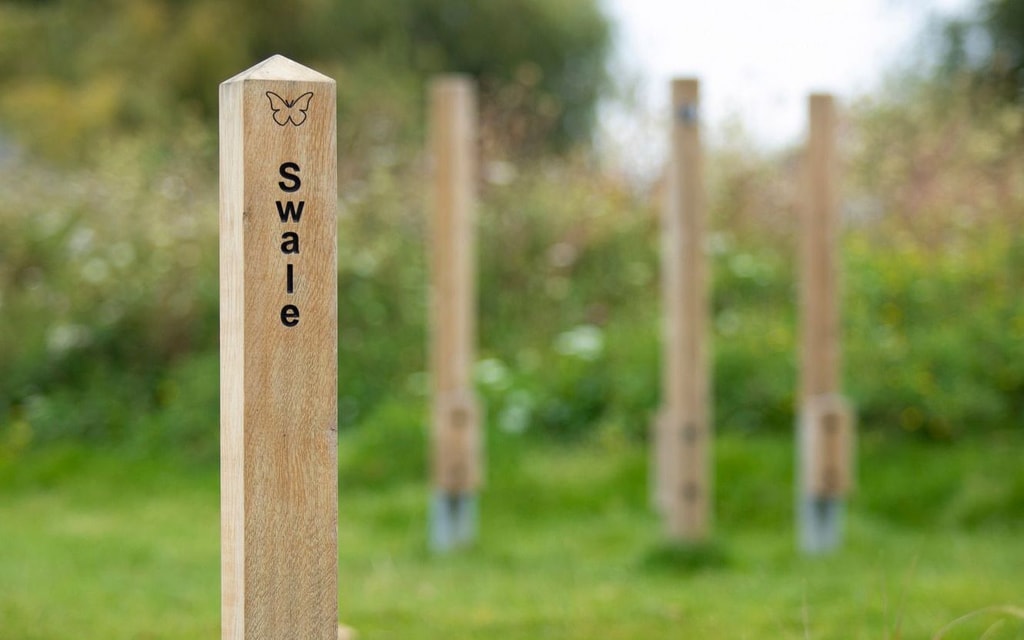
Flood risk is increasing for cities across the world as a result of intense rainfall, river levels and rising sea levels. A ‘sponge city’ can be created using natural systems to attenuate rainfall runoff to reduce flooding through Sustainable Urban Drainage Systems (SuDS). As part of an innovative scheme to use nature-based solutions to combat the effects of climate change and reduce storm water flooding in we designed a new sustainably drained park for the community in West Gorton - using an interconnected series of swales, rain gardens and bio-attenuation features alongside places for exploration and play, connecting people with nature.

To embed green infrastructure and nature-based solutions into a city requires them to be integrated into local plans, policies, and design codes at all levels. This sets the standards that need to be met by all developments across a city.

Many cities have grown next to rivers as historically they have provided an important method of transportation. Poorly managed, rivers become polluted and damaged, but good design can bring city life back to the river edge supporting economic, social, and ecological city strategies.
Practice.
We are the original multidisciplinary house of design.






Further Reading
Decarbonisation
We take a strategic, multidisciplinary approach to decarbonization, focusing on both operational and embodied carbon.
Adaptive reuse
Reinventing and repurposing our existing buildings is essential to creating a more sustainable future.


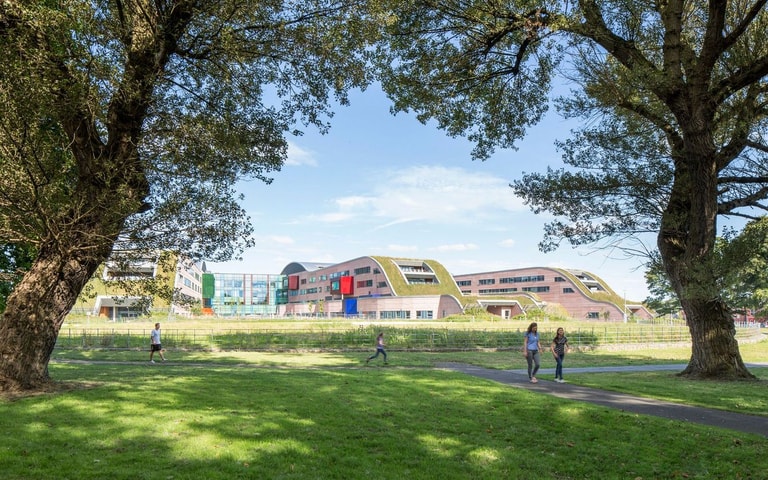
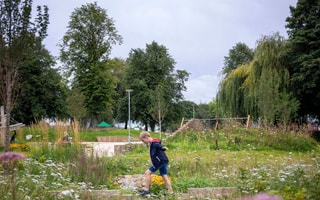
-1330x831.jpg?u=2025-02-06T11:59:30.886Z&w=320&q=90)


